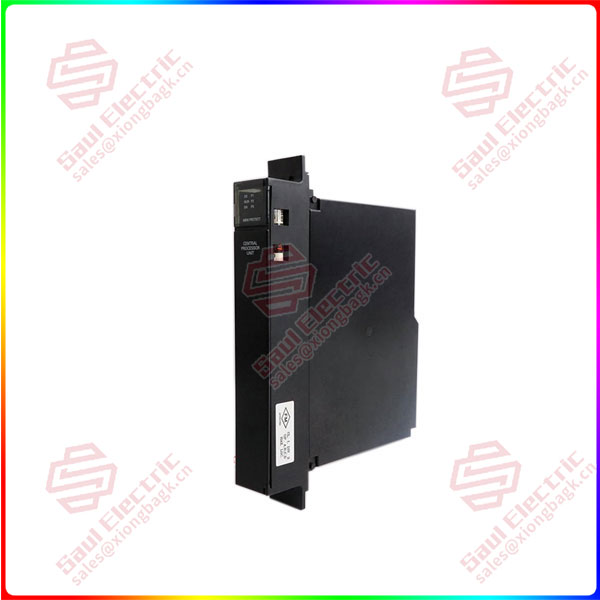2. Use collaborative robots to re-plan personnel positions and actively respond to the recruitment challenges of manufacturing positions
Regardless of the size of the enterprise, the local manufacturing industry has long faced the triple challenge of difficult recruitment, difficult employment and difficult retention of workers. While improving the production efficiency and output of manufacturing enterprises, collaborative robots can effectively alleviate the pressure on the production line caused by labor shortage. On the one hand, they can share the time invested by existing employees in repetitive and boring tasks, so that they can be liberated from repetitive physical labor. On the other hand, with the deepening of automation, enterprises will obtain a safer working environment, promote the transformation and upgrading of employees’ skills, and indirectly improve the overall working atmosphere and morale.
Welding is a very typical example, the gap of workers in related positions is large, the ratio of people is high, and the typical demand market is spread across the major provinces and cities in the country from south to north, among which there are many manufacturing economic towns. It is a general trend to replace traditional manual welding with automatic technology, in which collaborative robots can undertake a rich welding process and complete various types of indoor and outdoor welding work. In Hong Kong, we worked with partner SquareDog Robotics to bring the collaborative welding robot SQD-Robo Welder Adaptive Welding Robot to outdoor construction sites. The solution, which is equipped with UR10, a collaborative robot from URo, has been used in key projects such as Taikoo Shing II in Hong Kong, the new Acute Hospital in Kai Tak Development Area, and the three-runway system at Hong Kong International Airport. Taking the Kai Tak site as an example, the construction team deployed 10 welding robots to work on the site, solving the manpower problem through innovative technology and efficiently promoting the construction schedule. The operator itself does not need to hold a medium or large welding process qualification, no special task, the robot can be quickly put to work.

IC697CPM915
3. Collaborative robots are simple, flexible and modular, which is an important demand for flexible production lines
Collaborative robots have the characteristics that traditional industrial robots do not have, including simple to use, portable and flexible, more able to adapt to the current manufacturing industry’s requirements for flexible production, but also more able to make up for the execution of related tasks through rapid deployment when there is a gap in the production line. The collaborative robot can be moved according to the task requirements, and the installation point is very flexible, such as cooperating with the mobile robot to perform tasks, or fixed installation on the ceiling. In addition, operators can load new programs for cobots to perform new tasks, and these adjustments are easy to program and can be practiced by front-line employees with short training.
Xiamen Jianlin Industrial Co., Ltd. has deployed UAO collaborative robots on a large scale, including a two-arm robot solution. These robots are located at different points in the production line to complete a variety of manufacturing tasks, such as automatic loading and unloading of parts, product assembly, picking and placing, and robot visual picking. The flexible nature of collaborative robots can better help enterprises respond to changes in order requirements, complete deployment and commissioning in a very short time, carry out new projects, perform new tasks, and respond to market needs and uncertainties in a timely manner.
 1 Year Warranty
1 Year Warranty





